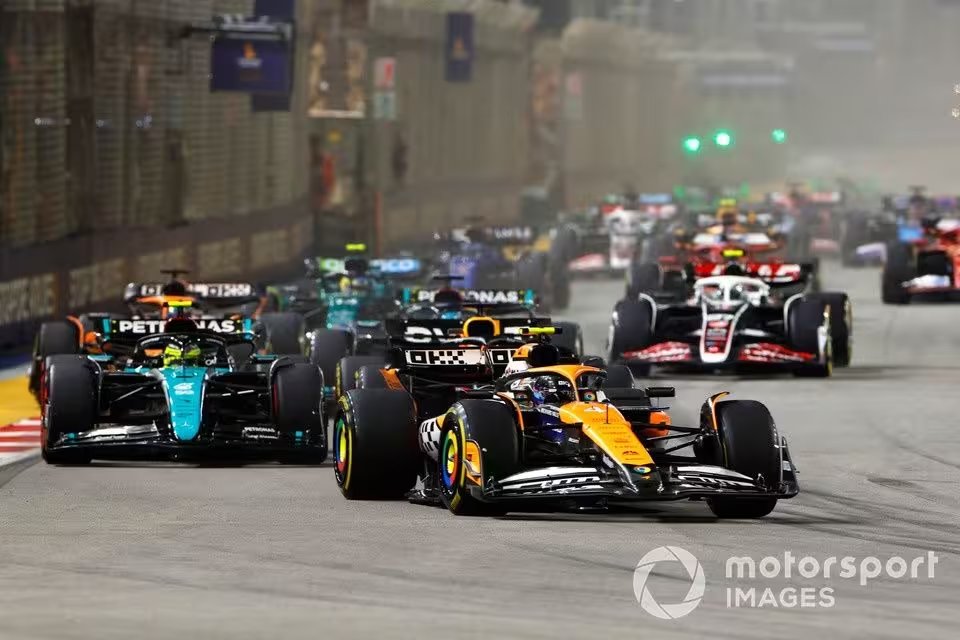Formula 1 teams readily know that if they are not bringing constant upgrades to their cars then that is a surefire way to drift down the order.
But one of the quirks of the 2024 season is that McLaren’s march to the front of the grid, and emergence of the MCL38 as arguably F1’s quickest car over recent months, has come from it taking a bit of a different approach compared to its competitors.
While rivals have been eagerly chasing downforce gains through the campaign with a multitude of new floors – the area of the car where there is the most performance to be had – McLaren has stood out from the crowd.
It has deliberately stuck with the same floor design that it first unleashed at the Miami Grand Prix.
Its focus instead has been on bringing a series of more minor tweaks to other areas of the car – which includes front and rear wings, beam wings, brake ducts, bodywork and suspension elements.
In taking this route, McLaren may be sacrificing potential downforce gains that a new floor could deliver, but the benefits are that it can hit the ground running each weekend with a package that it both well knows and is one that the drivers feel confident with.
And the more the opposition has struggled to get new floors to work properly – with race-winners Ferrari, Red Bull and Mercedes all hitting trouble at various points – the more McLaren’s approach seems to have been the best one.
As RB team boss Laurent Mekies explained about his team’s plight this year, it is in chasing gains that outfits have struggled.
Lando Norris, McLaren MCL38, Max Verstappen, Red Bull Racing RB20, Lewis Hamilton, Mercedes F1 W15, George Russell, Mercedes F1 W15, the rest of the field at the start
Photo by: Steven Tee / Motorsport Images
“We started slow in the season,” he said. “We knew we had not done enough in the winter and then we started to pick some low-hanging fruits in car development, and managed to bolt on performance into the car.
“Then, in our development path, in trying to bring more downforce to the car, we made the car slower – which is something that does not happen very often.
“But it’s probably linked to the very last years of these regulations, where everything’s already so optimized that it’s quite easy to break something when you think you are adding load in one part of the map.”
With the phenomenon of floor upgrades not delivering the gains hoped for common up and down the grid, it is no wonder that…
Click Here to Read the Full Original Article at Motorsport.com – Formula 1 – Stories…

